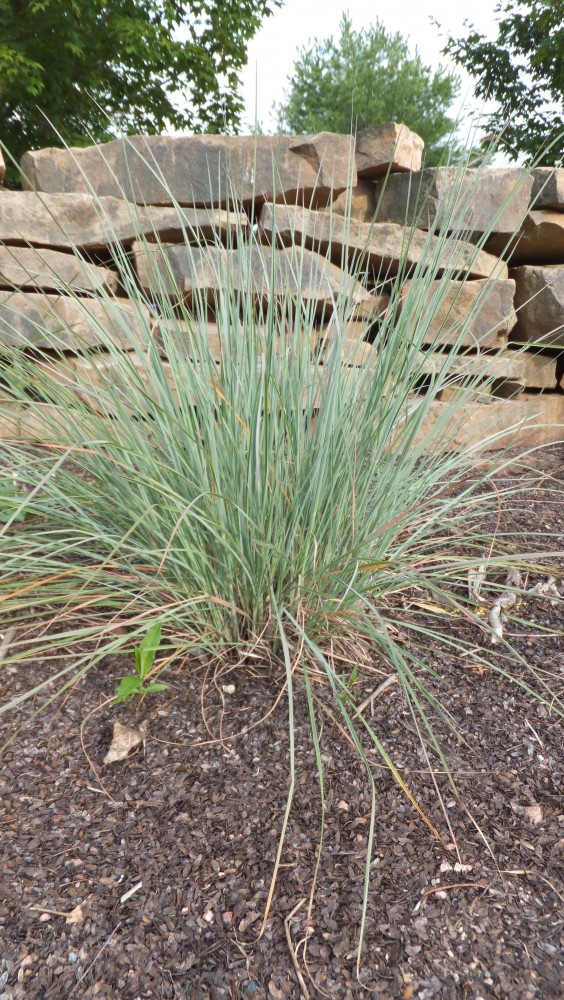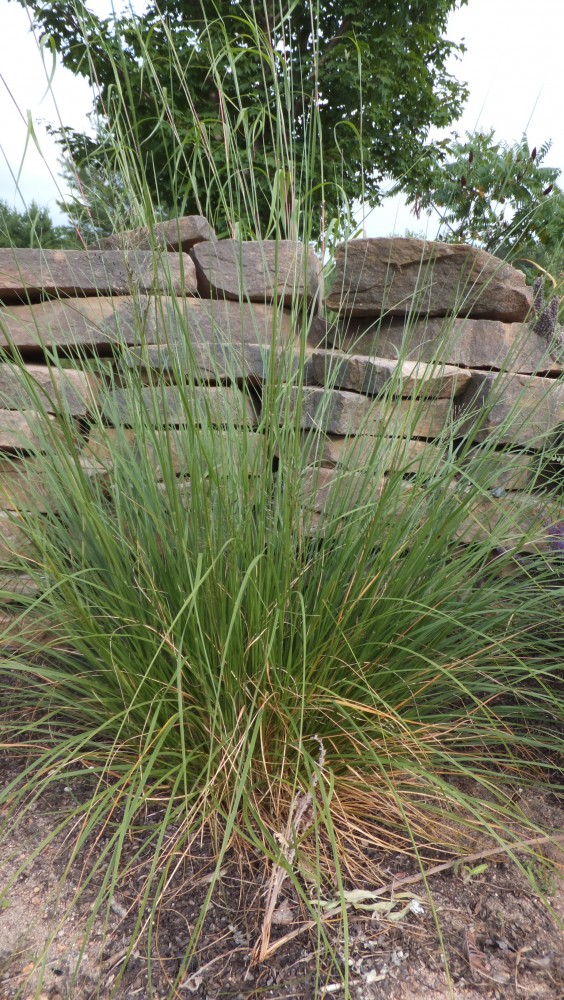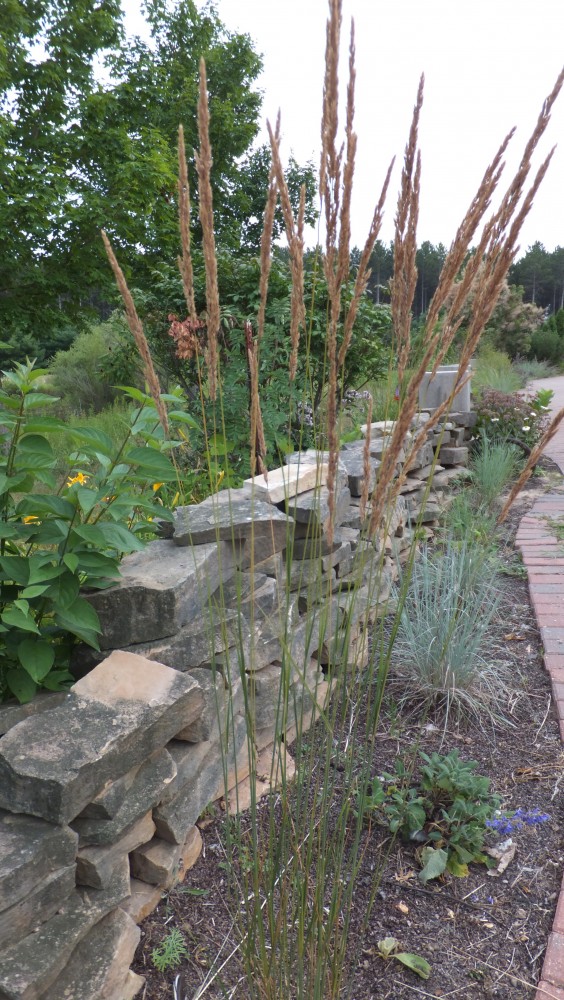When people think of native and natural landscapes their thoughts often go to prairie landscapes. However there there are many options for the uses of prairie plants and grasses in your landscape.
When comes to native and ornamental grasses; there are varieties that fit any personality. You can have fun with grasses, make bold statements, find that perfect fit or just snooze in the hammock and let the grasses take care of themselves.
One of the nice things about grasses in our northern climates is that deer and wildlife damage is usually minimal. Most grasses, once established need minimal care. One thing to look out for is that if you don’t want ornamental grasses to spread; choose grasses that are clump forming instead of ones that spread via rhizomes. Rhizomes are roots that spread and produce new plants. Some rhizome producing grasses can have invasive qualities and act like quake grass – spreading until they hit a barrier and then try to grow under it.
Like other perennials grasses can be cut off in the spring or fall to neaten them up. Grasses can be left standing for really interesting winter shapes and textures. And as an added benefit grasses can be chopped up or mowed in place leaving the clippings as a natural mulch.
1 2
2 3
3
1) A variety of ornamental Little Bluestem. This grass forms a clump about 2 feet tall. 2) Prairie Dropseed is a smaller grass about a foot tall and stays nice and neat. 3) Karl Foerster is an ornamental grass that forms a tight, erect clump about 4 feet high.
